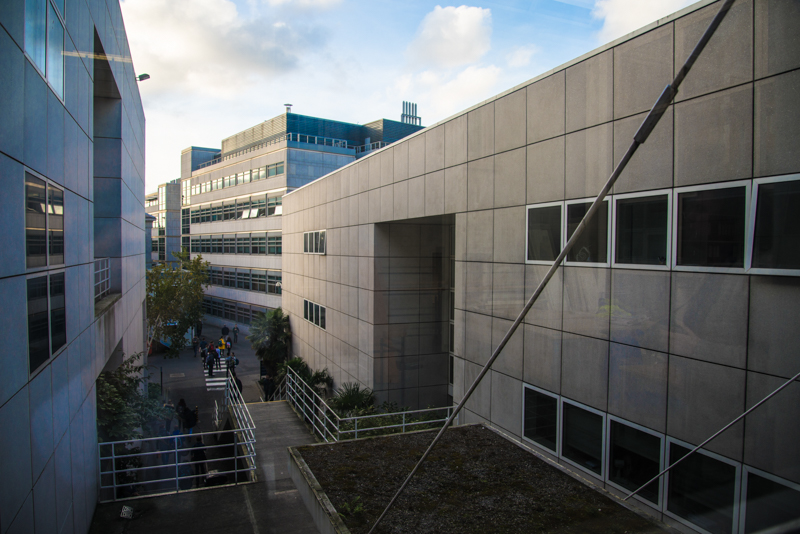A team led by Trinity researchers has found that the genetic makeup of certain modern East Asian populations are similar to that of their hunter-gather ancestors.
The study, published today in Sciences Advances, is the first of it’s kind to compare DNA from ancient East Asia with that of modern populations. The findings show that no major migratory interruption or population turnover occurred in East Asia for almost 7,000 years, meaning that some modern day ethnic groups share a significant genetic similarity with Stone Age hunters that were once found in the same region.
This is in stark contrast with Western European populations, where the unrelenting migration of farmers from an Eastern Mediterranean region known as the Levant gradually overwhelmed hunter-gatherer populations, followed by a wave of horse riders from Central Asia during the Bronze Age.
This new work shows that the same does not hold true for at least part of East Asia, with little genetic disruption in populations since the early Neolithic period (about 10,000 years ago).
Although separated by thousands of years, the Ulchi people of the Amur Basin, where Russia borders China and North Korea, share remarkable genetic proximity to the ancient hunter gatherers who resided close the Ulchi’s native home.
It seems likely that the sheer size of Asia, as well as the dramatic variations in climate may have prevented migration and the accompanying alteration in genetic makeup due to breeding with new populations.
“Genetically speaking, the populations across northern East Asia have changed very little for around eight millennia”, said senior author Dr Andrea Manica from the University of Cambridge in a press statement. The collaboration involved researchers from the University of Cambridge, Ulsan National Institute of Science and Technology in Korea, University College Dublin (UCD) and Trinity.
The team from Trinity were responsible for extracting the DNA from the remains found in a cave known as the Devil’s Gate, excavated in 1973 and situated close the Russian-Japanese border.
With sufficiently preserved DNA, researchers can understand a lot about events in the past. The most useful samples found at Devil’s Gate came from two females, one in her early 20s and another close to the age of 50. “We attempted to extract DNA from all five of these individuals but found that only in the skulls of two females: one in her early twenties and the other close to fifty, had enough DNA survived to allow us to explore the genetics of these ancient people”, said Eppie Jones, a member of the Trinity team, in a press statement.
From the older female’s DNA, researchers were able to garner that she likely had brown eyes and thick, straight hair. She was likely lactose intolerant and was unlikely to suffer from “alcohol flush”, a common skin reaction to alcohol common across East Asia.







